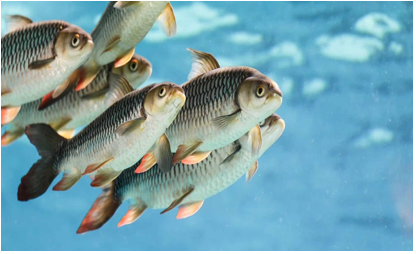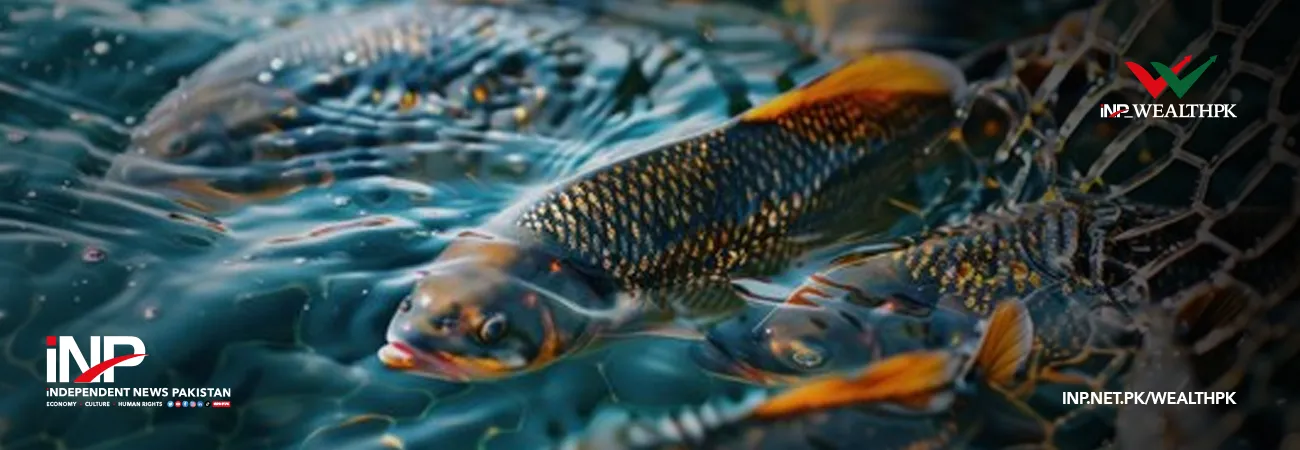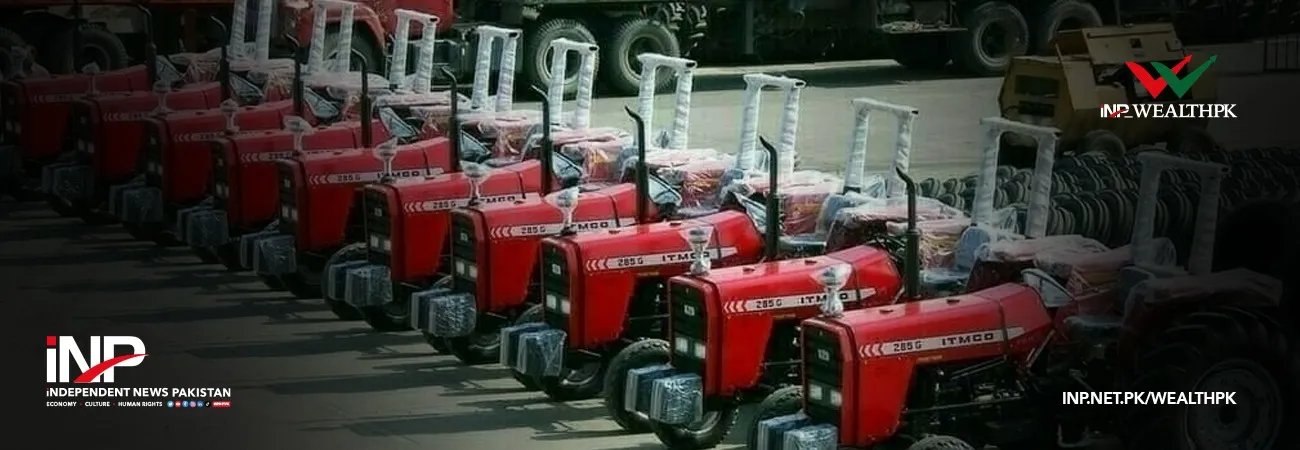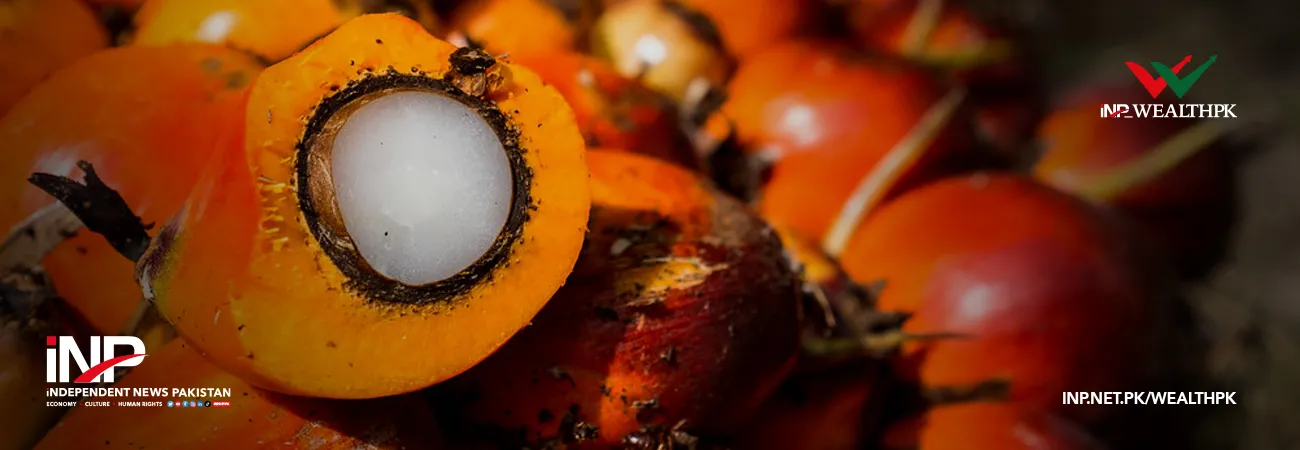INP-WealthPk
Azeem Ahmed Khan
Fish farming has gained popularity in Pakistan and may emerge as a contributor to food security amid the country’s rapidly growing population, Director of Fisheries at the Punjab Fisheries Department, in an interview with WealthPK.

Pond fish farming provides multiple socio-economic benefits, including a sustainable seafood source, job creation, and income generation for both farmers and local communities, he said. Despite challenges, this sector has grown in recent years due to Pakistan's ideal climate for farming various freshwater fish species. Unlike seasonal wild fishing, pond fish farming offers a consistent supply of fish, reducing pressure on the wild fish stocks. It serves as an alternative source of fish production, he said.
In Punjab, pond fish farming spans across 90,000 acres, predominantly in waterlogged areas, with major farming regions in Muzaffargarh, Sargodha, and Gujranwala. However, it is gradually expanding to other districts with suitable conditions, he noted. Farmers primarily culture domestic carp species like Rahu, Mori, and Thela, alongside exotic species such as Chinese Carp, Silver Carp, Grass Carp, Big Head Carp, and Tilapia. These species, which thrive in warm and sweet water, are also farmed in Sindh, he said.
Malik suggested that high-value river fish species such as Soul and Singhari, found in Punjab’s rivers, should also be incorporated into aquaculture. These species have great potential for farming, and breeding technology should be introduced, he said. Pakistan exports fish through the Karachi seaport, focusing primarily on marine fisheries. However, farmed fish is also exported, though in smaller quantities, mostly to the Middle East, he said.
Pond fish farming involves breeding and harvesting fish in a controlled water environment, which reduces the risk of losses from diseases and natural disasters, the director fisheries informed. While many countries have a long history of fish farming, it was only introduced in Pakistan in the 1970s on a small scale, he said. By the 1980s, people became more aware of it, and its popularity surged after 2010. However, the industry has faced some setbacks in recent years due to rising input costs, he observed.
The cost of running electric and diesel-powered tubewells for maintaining water levels in ponds has increased. He suggested that the government should help farmers install solar systems through easy financing. Additionally, imported feed ingredients have become more expensive, while fish prices have not risen accordingly, so the farmers’ profit margins have squeezed, he said. Ramzan also noted that the sector has not received exemptions and incentives typically offered to the new businesses, resulting in high duties on imported machinery.
The Punjab Fisheries Department, he said, has been playing an active role in supporting farmers by offering free advisory services across all phases of fish farming, including pond design, construction, water and soil analysis, and harvesting. The department also operates central and divisional laboratories for disease diagnosis, he added. Water quality plays a vital role in the health and growth of fish, as poor water conditions directly impact their well-being, Malik Ramzan said.
Fish require a specific temperature range, pH levels, and a sufficient amount of dissolved oxygen to survive, while high levels of ammonia and nitrite in the water can be harmful to fish and must be kept to a minimum, he added. Fish growth occurs between March and November, with seeds introduced into ponds in March and harvested in November. To maintain pond productivity throughout the growth period, farmers apply fertilizers regularly, Malik said.
Credit: INP-WealthPk













